Things Your Pet Sitter Probably Doesn’t Know but Absolutely Should
Most pet sitters mean well, but good intentions don’t always cover what really matters. Pets act differently when their routines change or their people aren’t home, and that can throw even the basics off track. Here’s what your pet sitter should already know.
How Pets Act Differently When You’re Gone
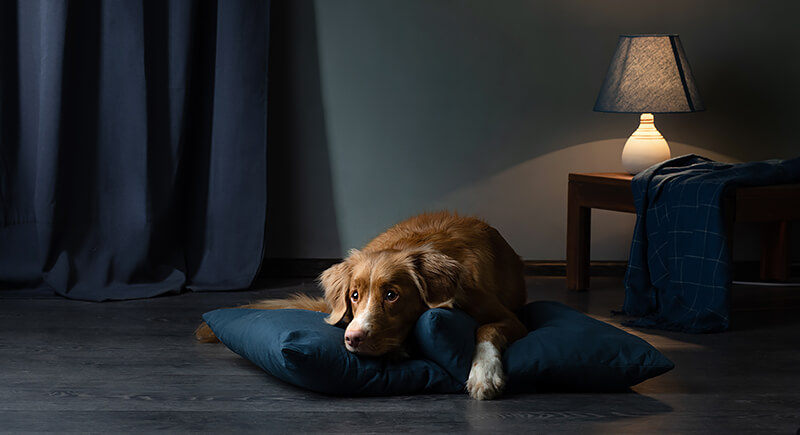
Credit: iStockphoto
Even the most social pets can change once their routine is disrupted. A cat that greets you every night might hide from a stranger, or a dog might seem restless when the house is quiet. Share these patterns so the sitter knows it’s normal behavior in your absence, not a sign of trouble.
Convey Behavioral Red Flags
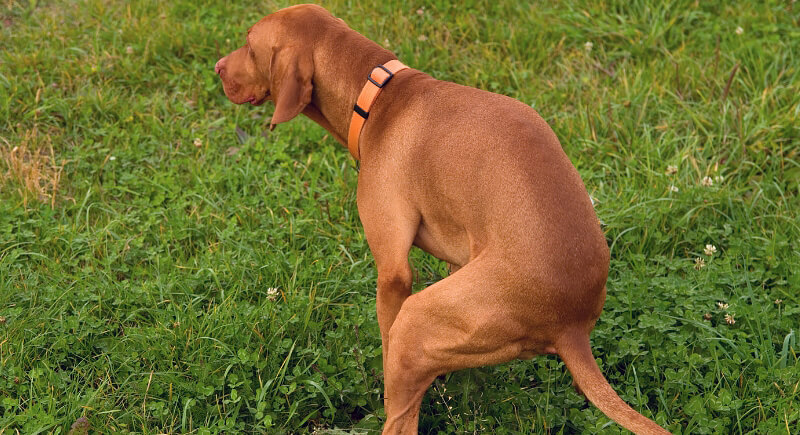
Credit: Getty Images
Be upfront about quirks, triggers, or fears, even ones you think “won’t come up.” Assume they will, and plan for it. Don’t be nervous or embarrassed to admit your dog growls at toddlers or the cat doesn’t use the litter box properly. Conveying these details is crucial for a smooth experience.
Health Issues That Won’t Be in the Notes

Credit: Canva
Pets may have medical conditions or past emergencies that aren’t obvious in daily routines. Sitters must be told about these in advance and shown where medications or supplies are kept. Clear instructions make it easier to respond quickly when something goes wrong.
When the Walk to the Yard Becomes the Problem
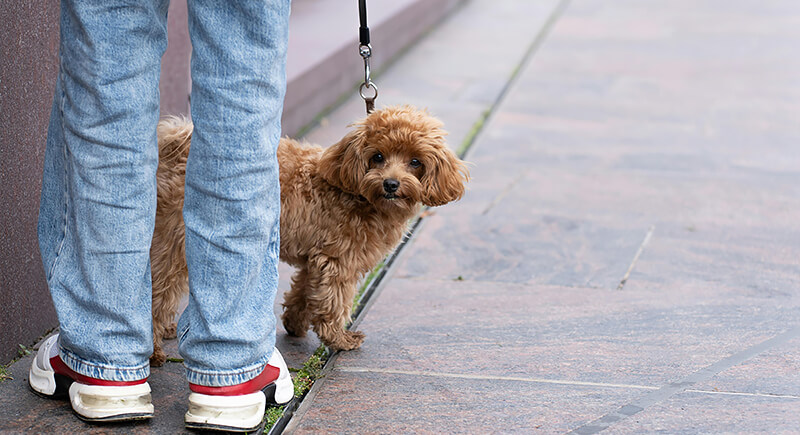
Credit: pexels
In some houses, even reaching the yard can be stressful. A dog may have to pass other animals, climb slick stairs, or deal with loud gates. Sitters should be told about these obstacles ahead of time so they can guide the pet safely outside without causing panic.
Don’t Guess the Feeding Routine
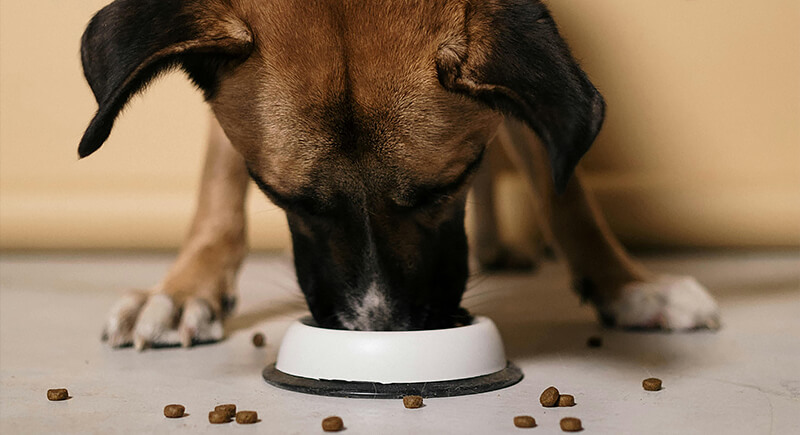
Credit: pexels
“Scoop of kibble” can mean wildly different things depending on the scoop size, brand, and how generous the owner is. Walk through your feeding process, down to the exact scoop, portion size, bowl location, and any mix-ins. A little clarity prevents overeating, underfeeding, and digestive issues that show up long after you’ve left.
Medication Requires Skill, Not Just Instructions

Credit: Getty Images
Written instructions are helpful, but they’re not enough if your dog spits pills across the room or your cat swats at eyedrops. If medication is part of the job, show the sitter how you do it. Include where you keep backups and how your pet reacts, so they’re ready if things go sideways.
Some Pets Wait for Permission to Go
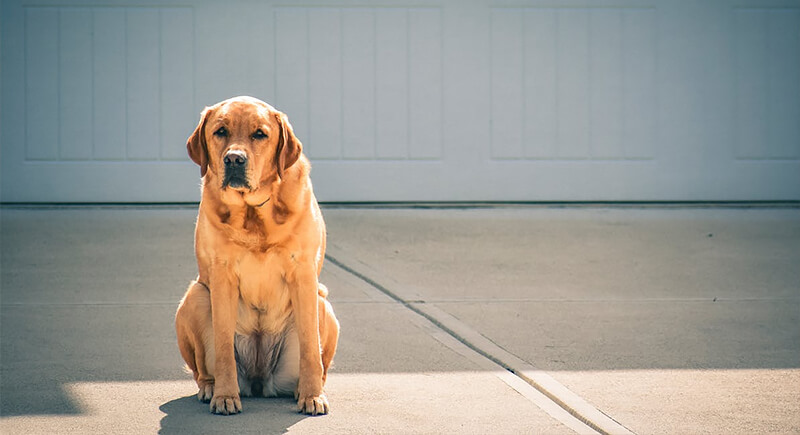
Credit: pexels
Not all dogs relieve themselves just because they’re outside. Some wait for a word or a spot. Share your cue phrases, the usual routine, and how long to wait before deciding it’s a no-go. Sitters who are unaware might be cleaning up more than just muddy paws later.
Stick to Their Schedule, Not Yours
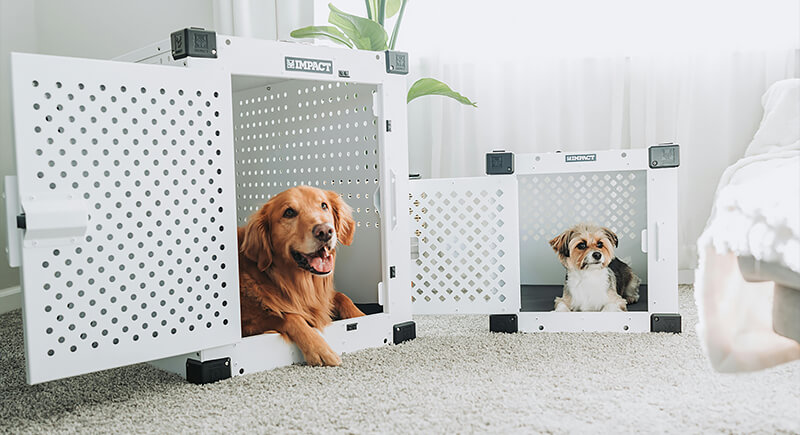
Credit: pexels
Sitters often focus on bonding, but for many pets, consistency matters more than affection. Make it clear which parts of your routine are non-negotiable, such as timing, post-meal breaks, or crate rituals. A sitter who knows what not to change can help your pet stay grounded while you’re away.
Treats Aren’t Always the Answer
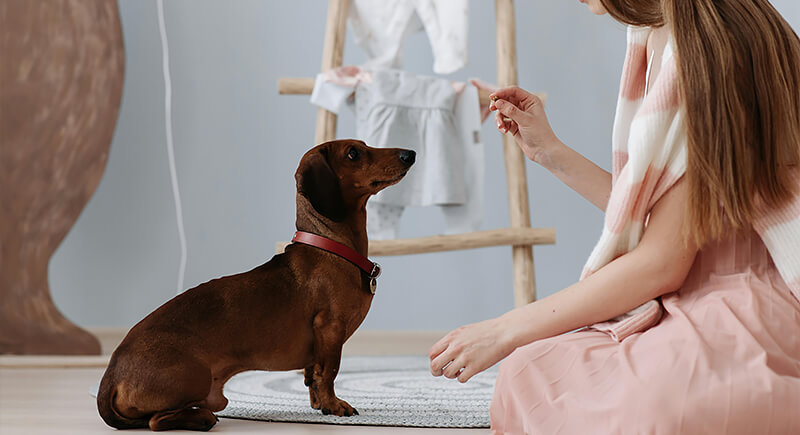
Credit: pexels
Many sitters rely on food to win a pet’s trust, but too many treats can cause stomach upset or bad habits. Let your sitter know what’s safe to offer, how often, and when to stop. Sometimes patience works better than a snack.
Familiar Gear Can Still Be Used Wrong
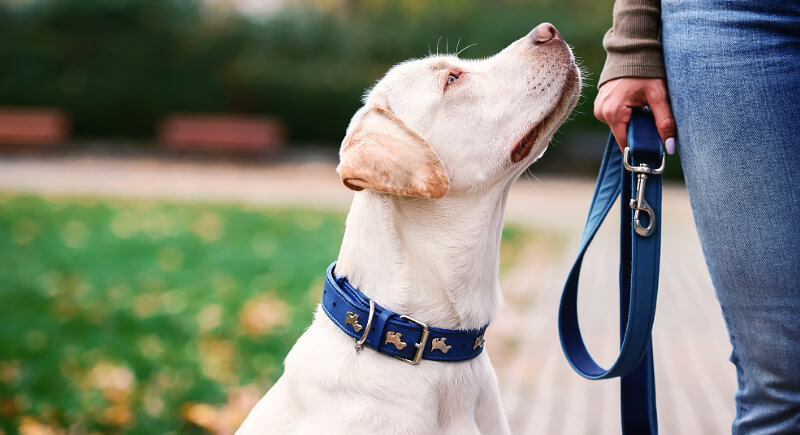
Credit: Getty Images
Leashes, collars, and harnesses aren’t all intuitive. Demonstrate how each one fits, especially if it’s a prong collar, head halter, or double-clip setup. Incorrect use can cause pain or escape, and it’s not the sitter’s fault if they were never shown.
Letting Dogs Greet Is a Risk, Not a Rule

Credit: pexels
If you don’t let your dog greet strangers on walks, make sure to mention it. Even if your pet is friendly, not all others are. Your sitter needs to know your rules and how to redirect your dog in a calm manner. Don’t leave this to their judgment. They won’t know your comfort zone unless you spell it out.
Litter Box Rules You’ll Regret Ignoring
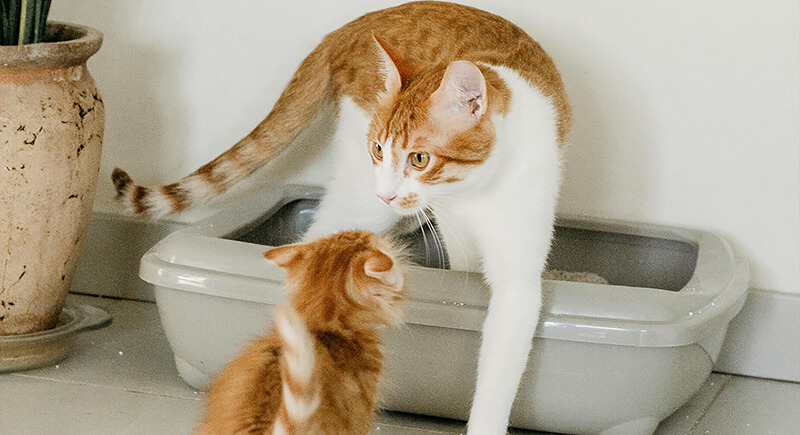
Credit: pexels
If you’ve got more than one cat, chances are they’ve worked out a system. Tell the sitter where each box goes, which cat favors which one, and how often to clean. Changing litter types, moving boxes, or scooping randomly can disrupt the balance.
Clarify What Counts as an Emergency

Credit: Canva
One pet owner’s “watch and wait” is another’s immediate vet visit. Sitters need a clear framework to avoid underreacting. If your dog sometimes limps after a long nap or your cat throws up hairballs regularly, say so.
Being Good With Pets Doesn’t Mean You’re Ready

Credit: pexels
Some pets are strong or tough to manage on a leash. Don’t assume your sitter can handle it unless you’ve seen them do it. Be honest about your pet’s energy level, leash behavior, and how they handle surprises.
Mention Which Commands Are Real
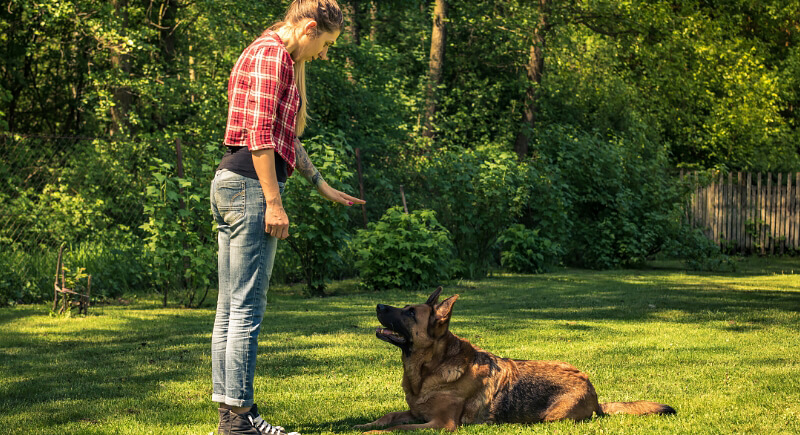
Credit: Canva
Let your sitter know what your pet actually understands versus what you say out of habit. Some pets respond to “sit” only when it suits them, and others have secret words for real recall. Misreading those cues could lead to confusion, or worse, an ignored command when safety’s at stake.